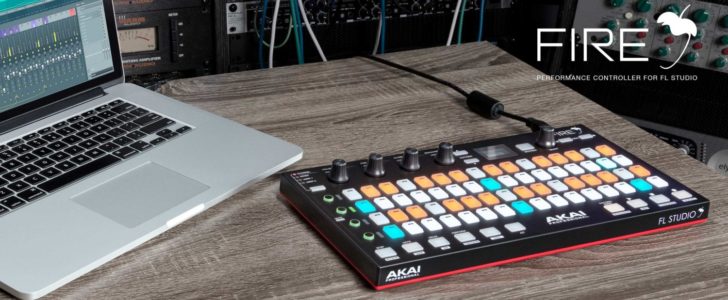

The final part has some bonus material on the Fire that I’ve not seen anywhere else. The most challenging part, that of bit-addressing the OLED.Putting color on the buttons and pad matrix.Basic mapping of button, pad, and rotary inputs.What you’re going to readīecause this is so long, I’ve split it into a series of three postings:
:strip_exif()/i/2003765416.jpeg)
If you want to try this yourself, in Part 3 there is a Zip file with an assorted collection of animations over the pad matrix, buttons, and OLED. Pads, buttons, and OLED all lit up, written to, and under embedded control! Here’s what the article will enable you to do with your embedded software, or any other software that is capable of sending MIDI messages: This is my first contribution to the USB product, a very small contribution, and one that I intend to use a lot! This enables your embedded device to interact with all the MIDI instruments and control surfaces you can imagine, a huge array of equipment. Recently, SEGGER introduced the emUSB-Host MIDI class driver. But keep the faith, it is related to embedded systems, just a slightly different slant.

This post is a departure from what I usually write about. I describe the analysis process, the educated guesses I made, the tools I used, and how I came to a usable specification for the Fire’s MIDI implementation. This article documents the journey I took to analyze and decipher MIDI control messages understoood by a MIDI control surface: the the most delightful Akai Fire.


 0 kommentar(er)
0 kommentar(er)
